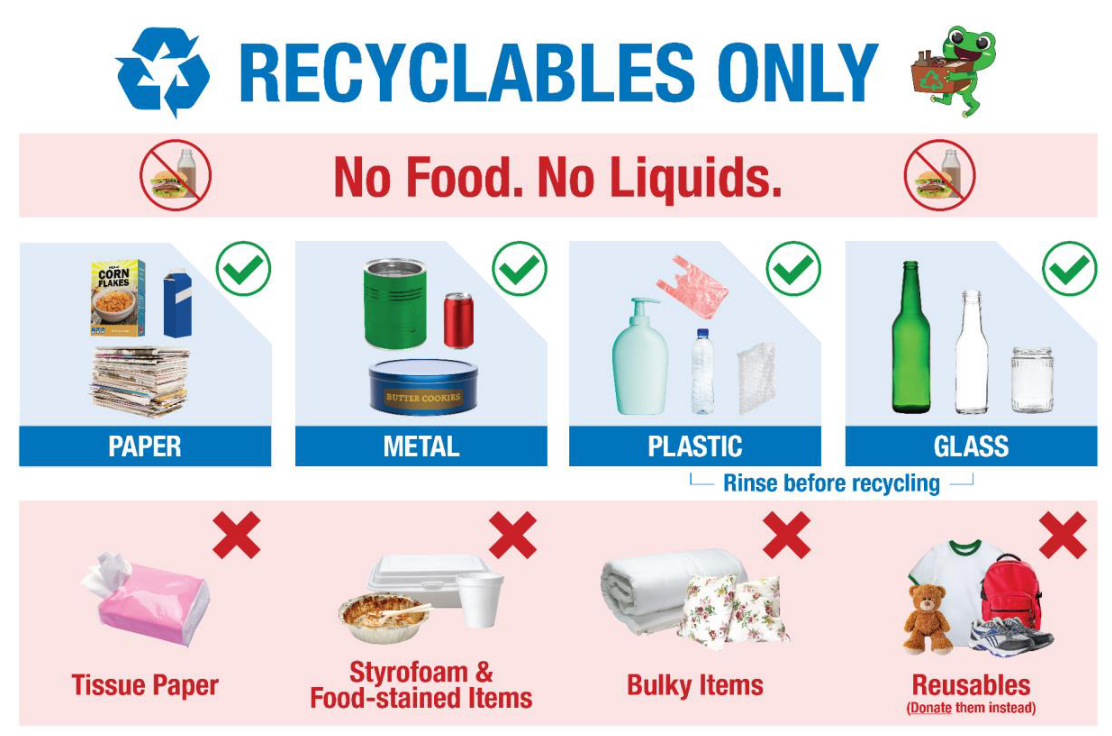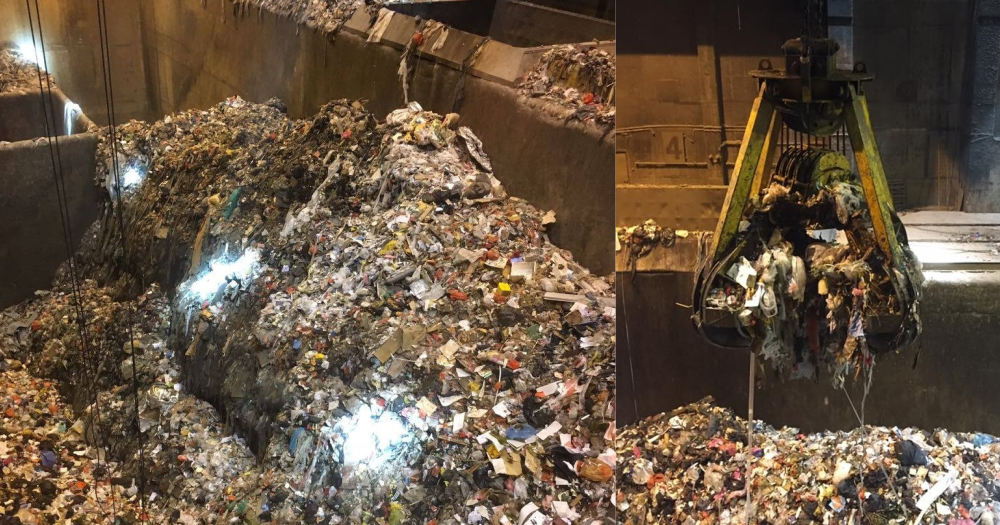Singapore is aiming to cut down the amount of waste sent to the landfill at Pulau Semakau each day by 30 percent before 2030.
This is one of the key plans of the first Zero Waste Masterplan in Singapore, launched by the Ministry of Environment and Water Resources (MEWR) on Aug. 30, 2019.
Reduce daily disposed waste by 30% before 2030
The masterplan was unveiled by senior minister of state for the environment and water resources, Amy Khor.
The "ambitious target" of cutting down on waste will help to extend the lifespan of the Semakau landfill beyond 2035.
Previously, it was projected that the landfill will run out of space in about 16 years at the current rate of waste disposal.
The amount of waste disposed of has increased by seven times over the past 40 years.
In 2018, Singapore produced 7.7 million tonnes of waste, which is equivalent to 530,000 double-decker buses.
Singapore does not have enough space to build more incineration plants and incinerating waste generates carbon dioxide, which contributes to climate change.
It is also not an option to sacrifice islands for waste disposal purposes, which could lead to environmental contamination that harms marine animals.
Measures to help cut down waste
To reduce the amount of waste generated, a new Resource Sustainability Bill will be tabled in Parliament in September 2019.
The Bill will give legislative effect to the regulatory measures to compel producers upstream to reduce three types of waste -- e-waste, food waste and packaging waste, which includes plastic.
This will complement the existing Sustainable Singapore Blueprint, which aims to increase Singapore's overall recycling rate to 70 percent.
Specifically, the blueprint will guide Singapore to increase the industrial recycling rate to 81 percent and domestic recycle rate to 30 percent by 2030.
Furthermore, a new label will be used on all recycling bins and the replacement process should be completed by mid-2020.
 Image from MEWR.
Image from MEWR.
Growing green economy
Recovering useful materials not only reduces waste but also has economic benefits.
Preliminary studies have estimated that recovering and reusing materials from e-waste has is valued at S$40 million.
Developing solutions to recover and reuse materials will also create new jobs and business opportunities.
This includes a foreseeable demand for engineers and skilled technicians, as well as exporting our local solutions to other countries.
The National Environment Agency is also looking into developing local e-waste and plastics recycling industries.
They are assessing the suitability and feasibility of various recycling solutions for Singapore to adopt.
Top photo collage by Zheng Zhangxin
If you like what you read, follow us on Facebook, Instagram, Twitter and Telegram to get the latest updates.
